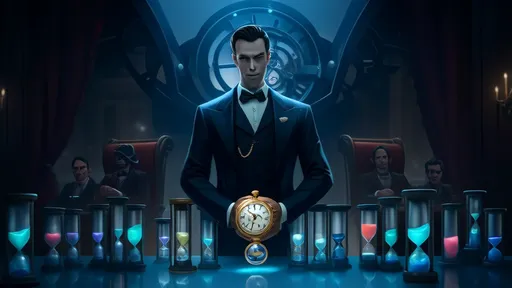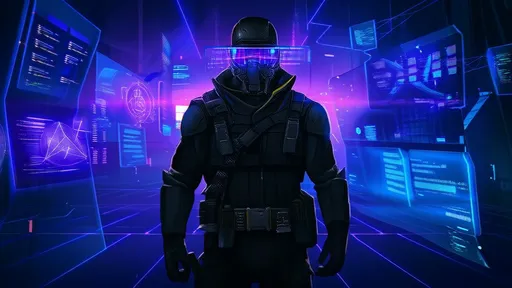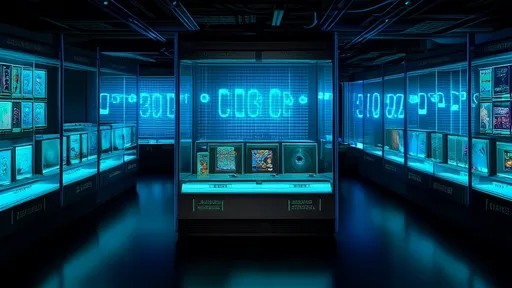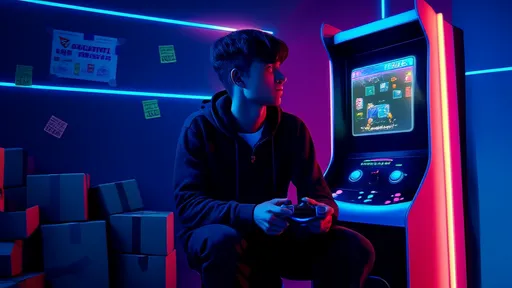The glow of our digital playgrounds casts a long shadow across the developing world. Discarded gaming consoles, obsolete PCs, and mountains of peripherals quietly migrate from affluent neighborhoods to toxic graveyards in Ghana, Nigeria, and Pakistan. What begins as an upgrade to the latest GPU or a next-gen console becomes carcinogenic smoke rising over Agbogbloshie or seeping into the groundwater outside Karachi.
Beneath the glossy marketing of 4K resolution and ray tracing lies an inconvenient truth: the gaming industry's relentless hardware cycle feeds a torrent of e-waste that floods developing nations. Workers—often children—disassemble our old GeForce cards and DualSense controllers with bare hands, burning cables to extract copper while inhaling lead-laden fumes. The very controllers that delivered entertainment now deliver liver damage and neurological disorders to those at the bottom of this unregulated supply chain.
Major manufacturers tout sustainability initiatives while their products still appear in illegal dump sites. A recent shipment intercepted in Hong Kong contained PlayStation 5 boxes stuffed with decade-old PS3 units—evidence of fraudulent recycling programs. "Green certification" stickers adorn packaging, yet investigations show 70% of supposedly recycled electronics eventually reach developing world scrap yards through middlemen who exploit loopholes in Basel Convention regulations.
The human cost manifests in blood tests showing chromium levels 300 times WHO limits in children living near Ghana's e-waste sites. These are the invisible players in our gaming ecosystem—the boys who melt circuit boards to salvage solder while their peers abroad debate frame rates. Their playgrounds consist of shattered LCD panels and the carcasses of gaming chairs, the air thick with the scent of burning thermoplastics that once formed Xbox casings.
Ironically, the cloud gaming revolution exacerbates the crisis. As data centers proliferate to stream 120fps gameplay, their three-year hardware refresh cycles dump server-grade GPUs into the waste stream. These industrial cards, never designed for consumer disposal, contain exotic alloys that prove even more toxic when incinerated in open-air pits. Meanwhile, cryptocurrency miners compound the problem, abandoning warehouses full of graphics cards in developing nations when profits dwindle.
Some repair collectives in the Global South have begun fighting back. In Lagos, a collective called Game Over upcycles discarded gaming laptops into educational tools, replacing thermal paste and reballing GPUs to give devices second lives. Their workshop stands as an island of resistance against the tide of planned obsolescence—a place where a blue screen of death becomes a challenge rather than a death sentence for hardware.
The environmental time bomb keeps ticking as next-gen VR headsets and 8K displays enter the market. Each technological leap forward pushes another wave of "obsolete" gear toward the makeshift recycling yards where profit margins outweigh safety concerns. Until manufacturers take true responsibility for full product lifecycles—not just profitable launch quarters—our high-score chases will continue poisoning the most vulnerable. The controller vibration we feel during gameplay echoes in the tremors of mercury-poisoned waste pickers halfway across the world.

By /Jul 3, 2025

By /Jul 3, 2025

By /Jul 3, 2025

By /Jul 3, 2025

By /Jul 3, 2025

By /Jul 3, 2025

By /Jul 3, 2025

By /Jul 3, 2025

By /Jul 3, 2025

By /Jul 3, 2025

By /Jul 3, 2025

By /Jul 3, 2025

By /Jul 3, 2025

By /Jul 3, 2025

By /Jul 3, 2025

By /Jul 3, 2025

By /Jul 3, 2025

By /Jul 3, 2025